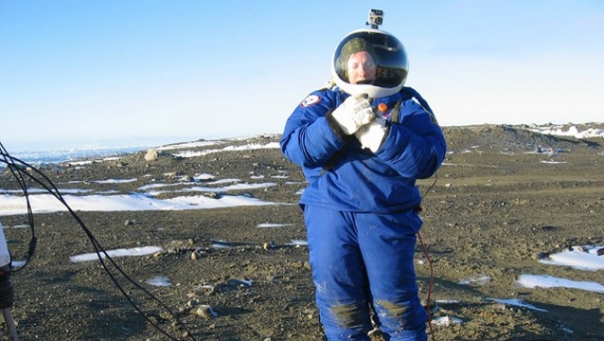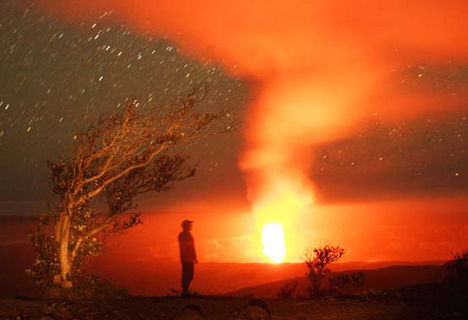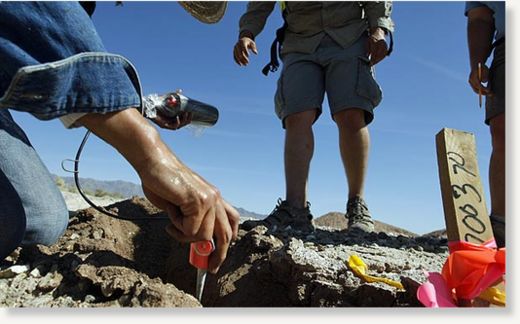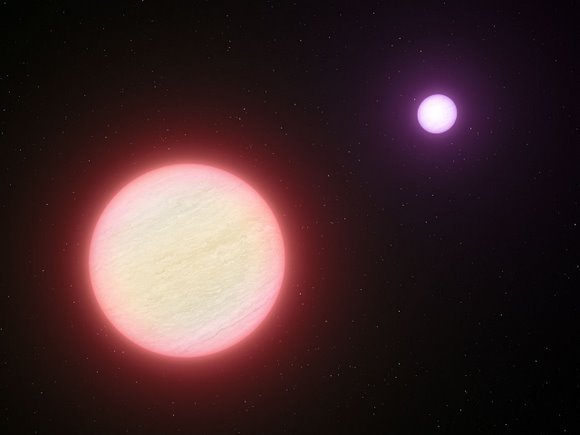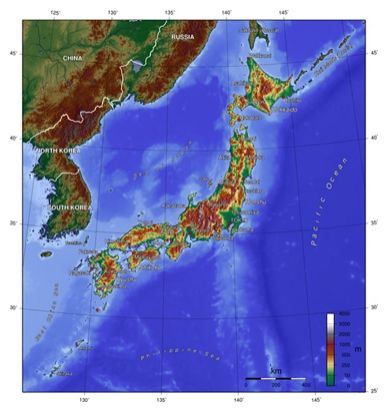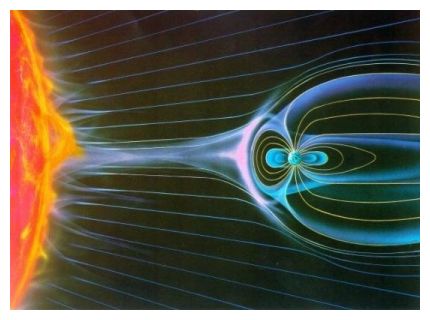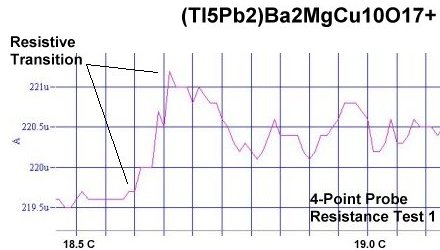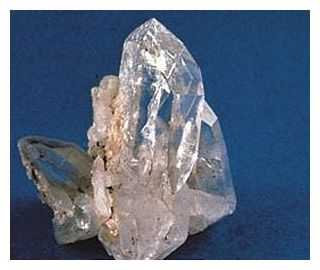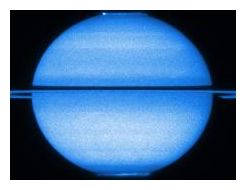
© NASA/ESA/STScI/University of Leicester This unique image from NASA/ESA's Hubble Space Telescope from early 2009 features Saturn with the rings edge-on and both poles in view, offering a stunning double view of its fluttering auroras.
Like a petulant adolescent, Saturn is sending out mixed signals.
Recent data from NASA's Cassini spacecraft show that the variation in radio waves controlled by the planet's rotation is different in the northern and southern hemispheres. Moreover, the northern and southern rotational variations also appear to change with the Saturnian seasons, and the hemispheres have actually swapped rates. These two radio waves, converted to the human audio range, can be heard in a new video below.
"These data just go to show how weird Saturn is," said Don Gurnett, Cassini's radio and plasma wave science instrument team lead and professor of physics at the University of Iowa, Iowa City. "We thought we understood these radio wave patterns at gas giants, since Jupiter was so straightforward. Without Cassini's long stay, scientists wouldn't have understood that the radio emissions from Saturn are so different."
Saturn emits radio waves known as Saturn Kilometric Radiation, or SKR for short. To Cassini, they sound a bit like bursts of a spinning air raid siren, since the radio waves vary with each rotation of the planet. This kind of radio wave pattern had been previously used at Jupiter to measure the planet's rotation rate, but at Saturn, as is the case with teenagers, the situation turned out to be much more complicated.
When NASA's Voyager spacecraft visited Saturn in the early 1980s, the radiation emissions indicated the length of Saturn's day was about 10.66 hours. But as its clocking continued by a flyby of the joint ESA-NASA Ulysses spacecraft and Cassini, the radio burst varied by seconds to minutes. A paper in Geophysical Research Letters in 2009 analyzing Cassini data showed that the Saturn Kilometric Radiation was not even a solo, but a duet, with two singers out of sync. Radio waves emanating from near the north pole had a period of around 10.6 hours; radio waves near the south pole had a period of around 10.8 hours.
